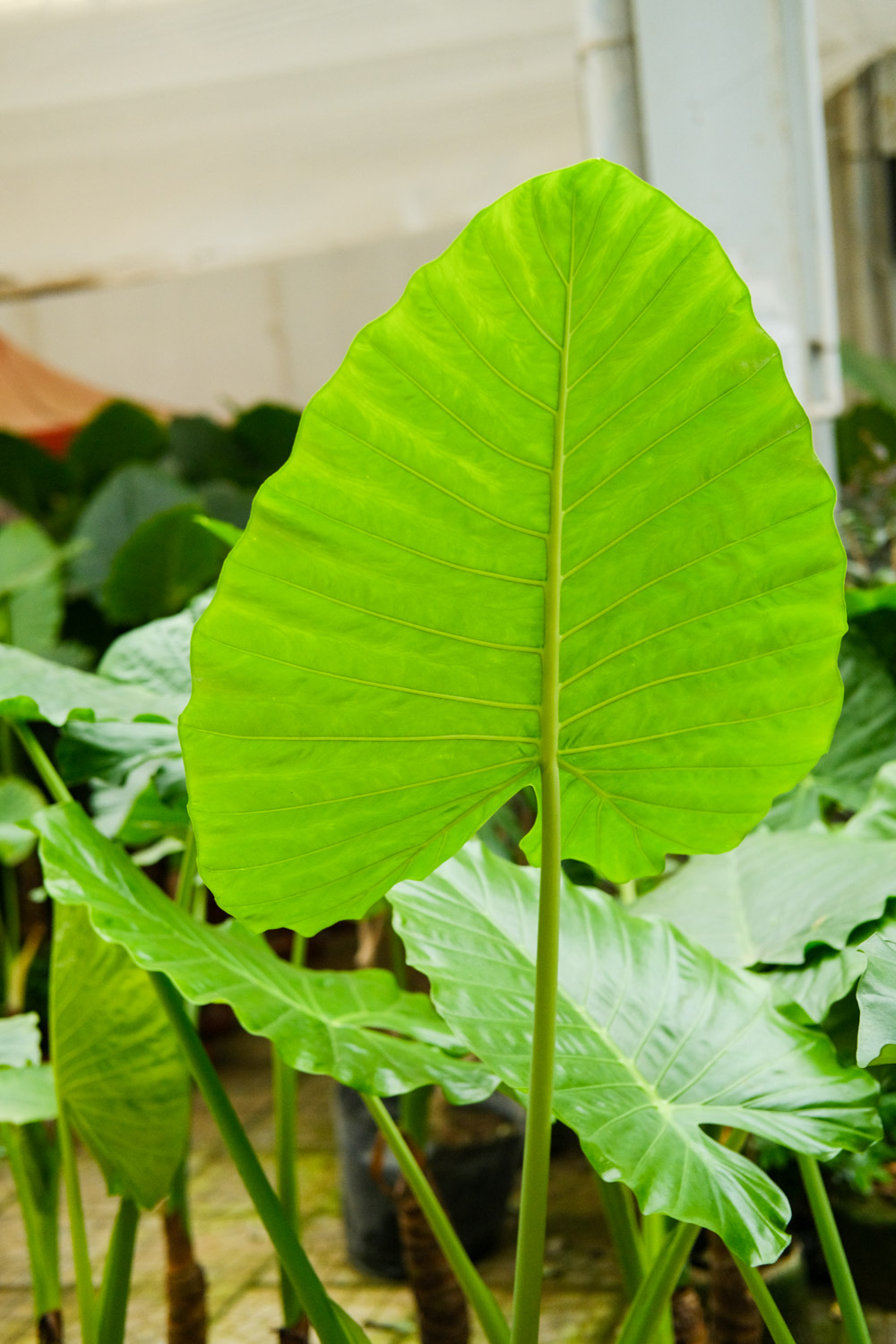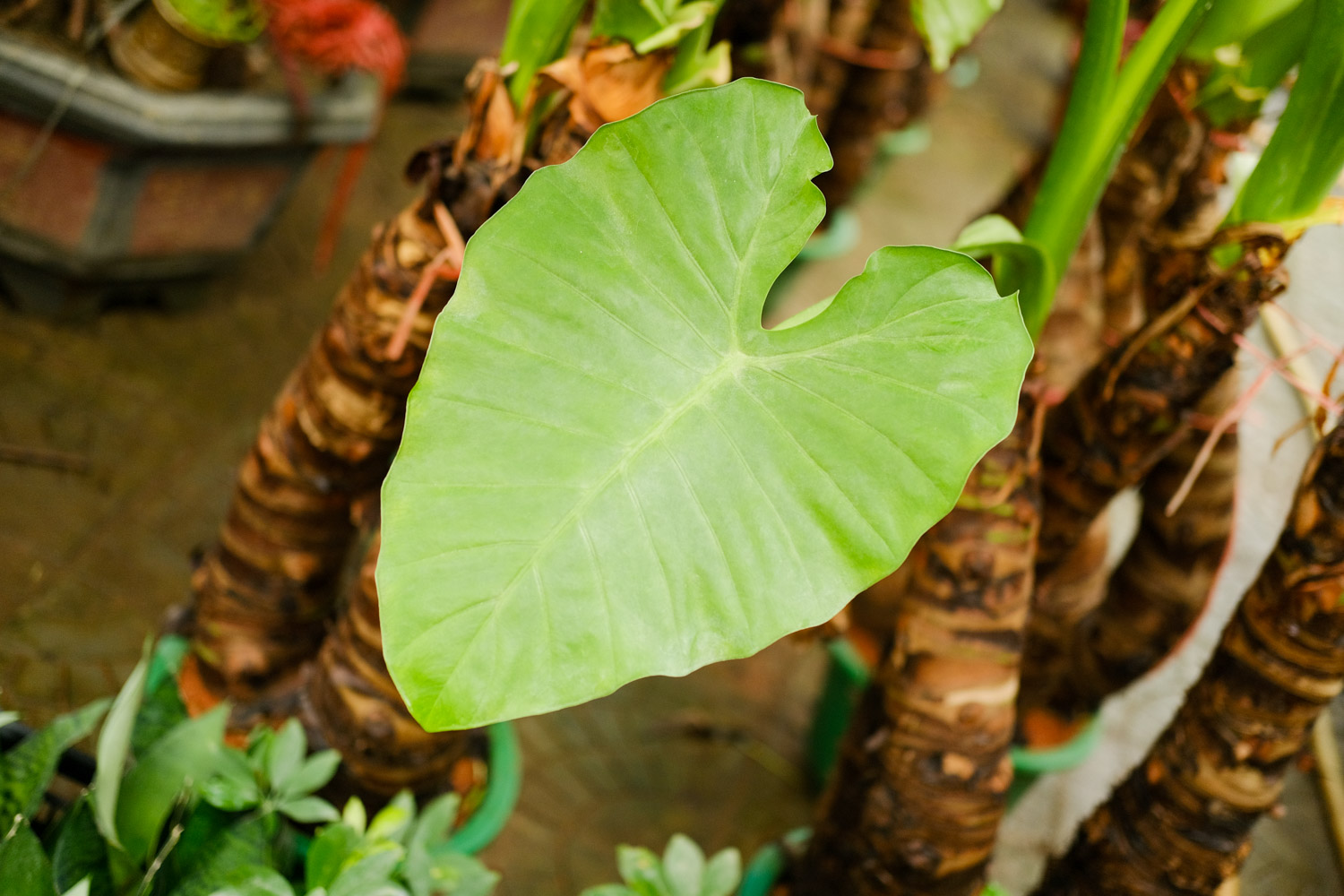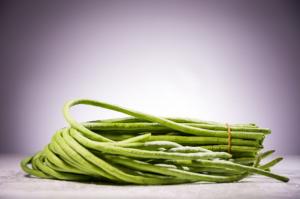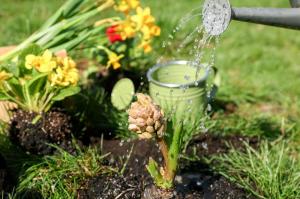1、 Can dripping Guanyin be transplanted in autumn
Dripping Guanyin can be transplanted in autumn. Because the temperature in this season is not high or low, it is very warm and suitable, and the plant is in the growth stage. After transplanting, it can adapt to the new environment faster and resume growth faster. However, it should not be carried out in rainy days, but also pay attention to the management after transplanting

2、 How does dripping Guanyin turn yellow after transplanting
1. The light is too strong: the newly transplanted Dishui Guanyin is still very weak. You can't hurry to let it receive direct light. It is easy to sunburn the plant and yellow leaves will appear. Move to the place with astigmatism and ventilation as soon as possible, and then increase the light appropriately after the growth is restored

2. Too much watering: the newly transplanted plants have not fully recovered their growth, and the water demand is relatively small. If you water too much at this time, the plant can't absorb it, which will leave ponding and hinder root respiration. Over time, the leaves will slowly turn yellow and fall in serious cases. More ventilation should be provided, water should be cut off first, and then normal management and water should be given after the plant is restored

3. Normal phenomenon: the newly transplanted plants are relatively weak, and it is inevitable that the roots will be damaged and the leaves will turn yellow during the transplanting process. This is a normal phenomenon. Don't worry too much. It will recover slowly after a long time

 how many times do yo...
how many times do yo... how many planted tre...
how many planted tre... how many pine trees ...
how many pine trees ... how many pecan trees...
how many pecan trees... how many plants comp...
how many plants comp... how many plants can ...
how many plants can ... how many plants and ...
how many plants and ... how many pepper plan...
how many pepper plan...
































